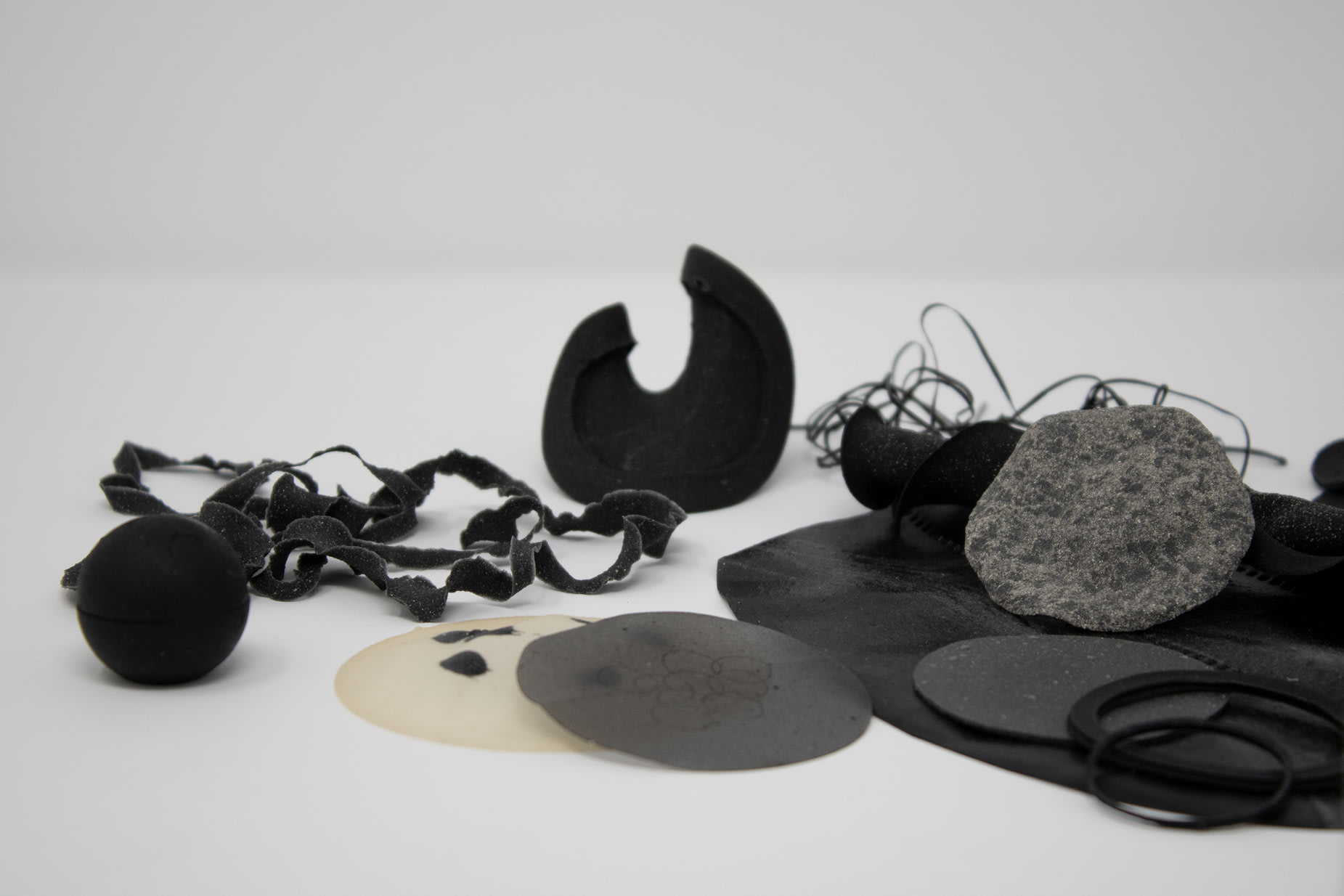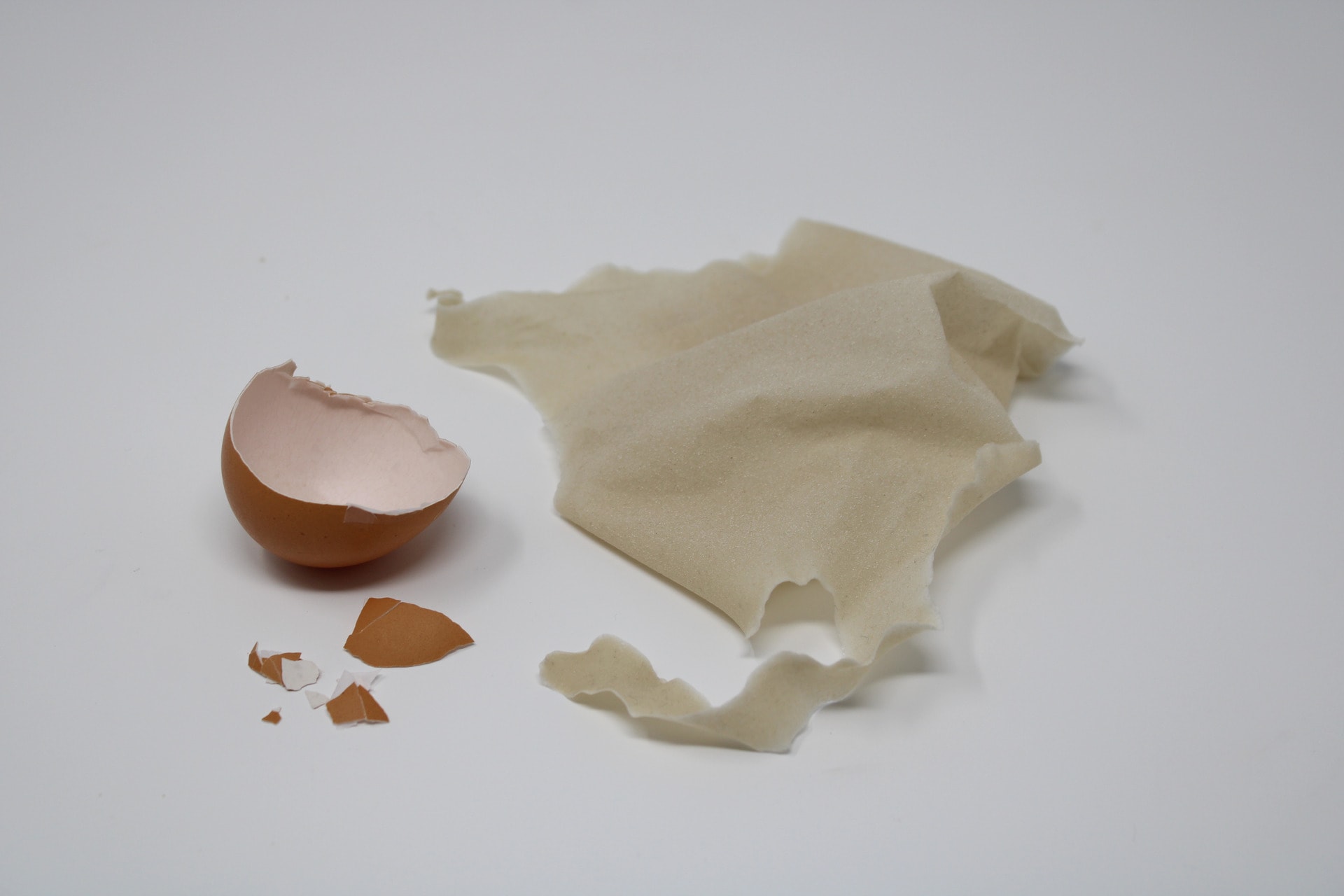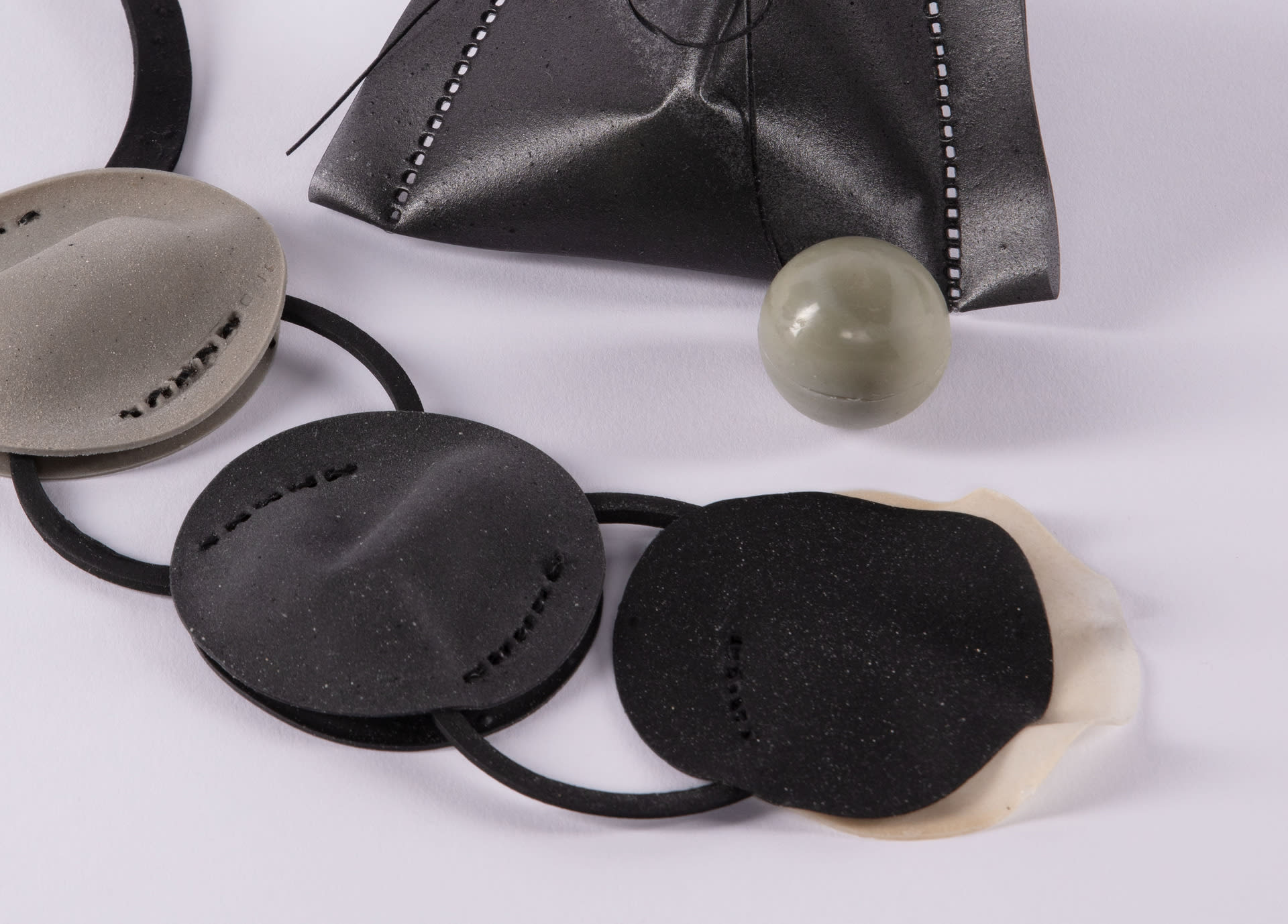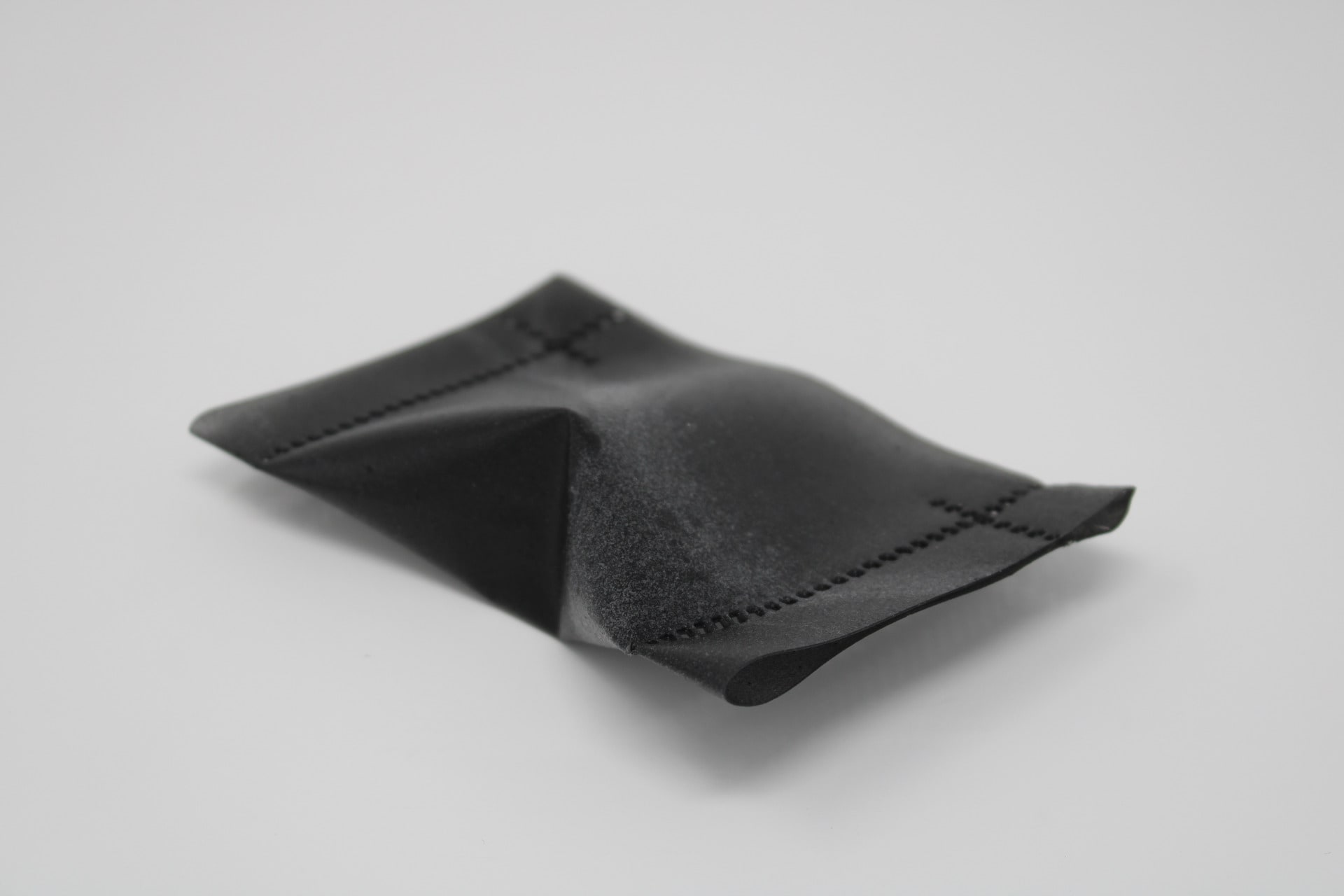Emelie is a designer with a material-centered approach. Her practice revolves around processes and methodological experiments, where the outcome of these processes are crucial for the product application. Her aesthetic expression blurs the line between art and design.
She previously obtained a Bachelor’s degree in Industrial Design from Konstfack, Sweden.
Exhibitions:
Milan Design Week, “Support systems”, 2022.
RCA Work in progress show, 2022.
Konstfack Spring exhibition, 2020
Liljevalchs, Spring salon, 2009













